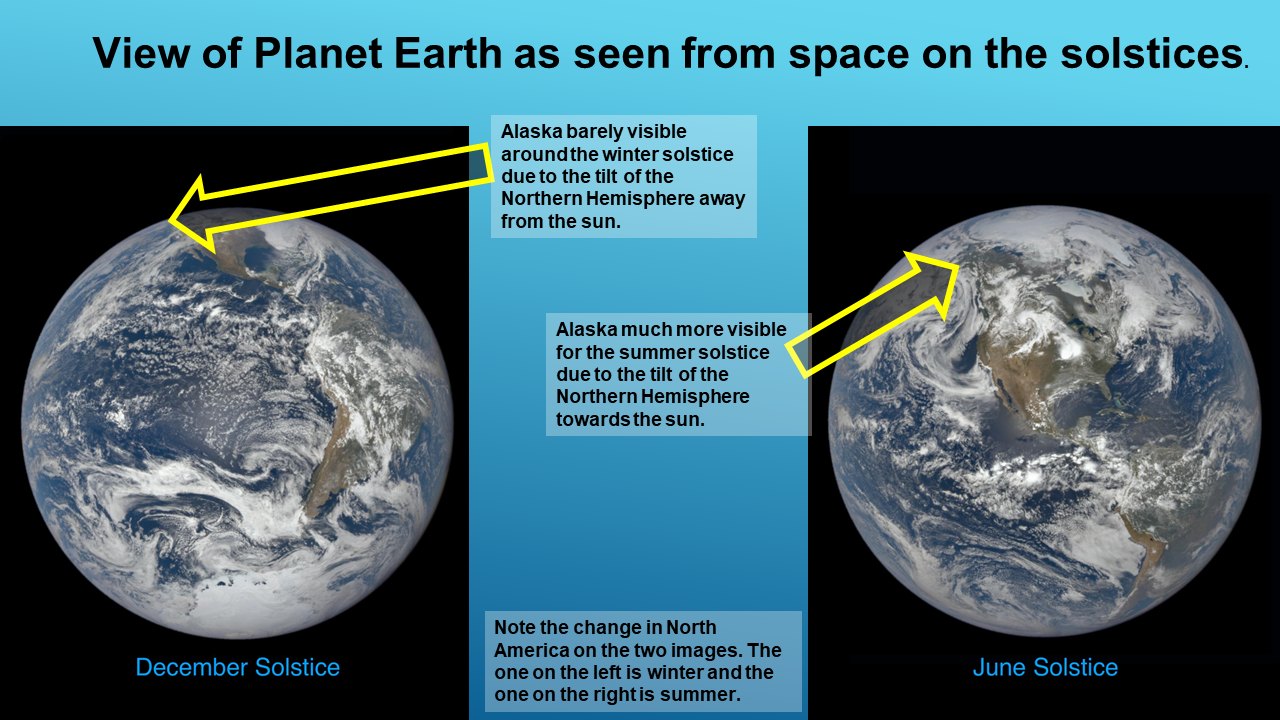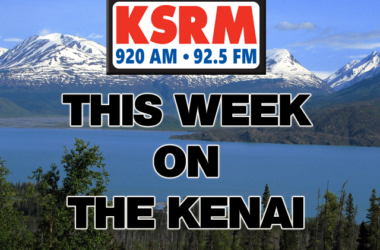Summer officially kicks off on Tuesday with the solstice, which makes June 21st the longest day of the year in the Northern Hemisphere. This happens when the North Pole has its maximum tilt toward the sun, producing the longest amount of daylight, which for Alaska marks the day with the greatest amount of daylight and sun’s highest point above the horizon across the northern hemisphere. For the next six months, the days will get shorter and the nights longer.
Sunrise and sunset times for several major parts of southcentral Alaska include:
- Anchorage – 4:20 a.m. sunrise – 11:42 p.m. sunset
- Kenai – 4:34 a.m. sunrise – 11:39 p.m. sunset
- Soldotna – 4:34 a.m. sunrise – 11:37 p.m. sunset
- Homer – 4:46 a.m. sunrise – 11:30 p.m. sunset
The National Weather Service tells KSRM:
“Summer solstice officially comes in at 1:13 a.m. overnight tonight going into the 21st. Basically what summer solstice is, it’s the tilt of the earth’s axis is responsible for the amount of daylight as the earth revolves around the sun. For the summer solstice, today’s the day that the northern hemisphere is tilted the closest to the sun and that’s resulting in the longest amount of daylight and also the tilt like that 23 ½ degrees so it means we’re closer to the sun and therefore we’re getting more of the sunlight. Areas like up in Barrow, the sun doesn’t set this time of year, it actually revolves around the sky. Basically, that’s what the summer solstice is, the tilt of the earth’s axis is responsible for it. We’re at the greatest tilt that we’re going to be for now and now we’re going to be going back the other way as we head for the autumnal equinox and then the winter solstice.”
NOTE: These views of Earth from the Sun on the first days of astronomical winter and summer show how much more directly sunlight reaches us during summer months.
Photo credits courtesy of the National Weather Service in Anchorage.







